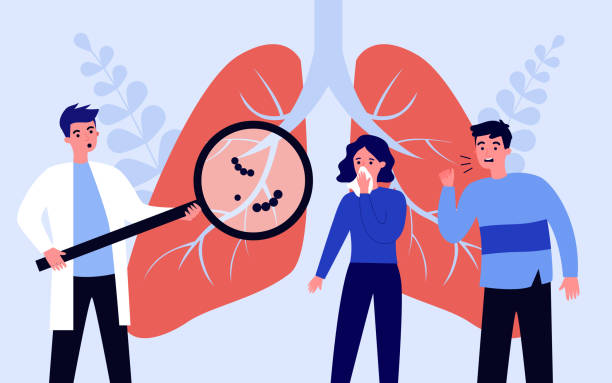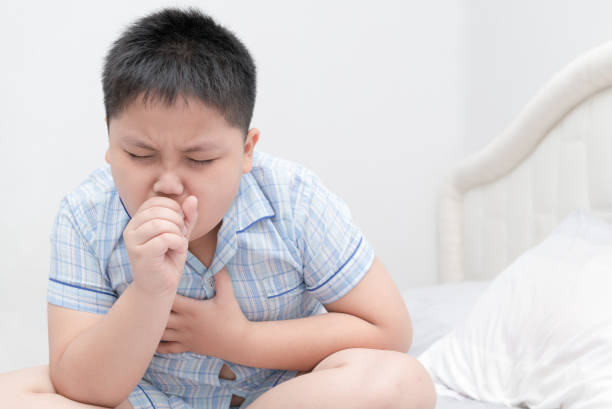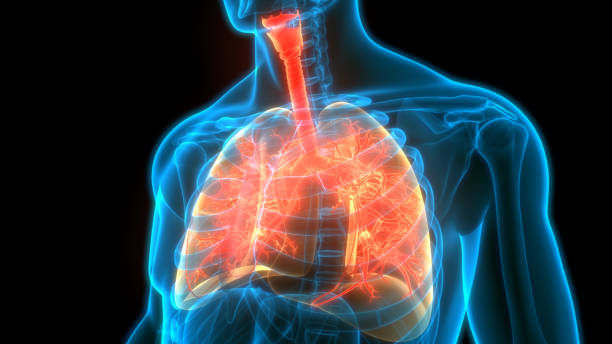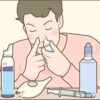
Although rhinitis disease does not cause upper respiratory tract infection, it will reduce the body’s immunity.Therefore, patients with rhinitis are more likely to have upper respiratory tract infections.People with rhinitis should actively improve their physical fitness and try to wear masks when going out.To prevent upper respiratory tract infection.Rhinitis is a chronic disease, and it is necessary to actively cooperate with doctors to treat rhinitis to avoid complications.

Drug Treatment For Rhinitis Patients
Antibiotic Drugs:
Decongestants:
Anti-allergic Drugs:
Glucocorticoid Drugs:

Nasal Flushing Drugs:
Surgery And Other Treatments For Rhinitis Patients
Operation Treatment:
Laser Or Microwave Therapy:
Most rhinitis symptoms can be relieved by effective treatment.Nasal endoscopic surgery can also completely cure some rhinitis.And some nasal washes, rhinitis stickers or corresponding therapeutic drugs can play a very good role in the treatment of rhinitis.And when the drug cannot prevent the rhinitis from deteriorating into an upper respiratory tract infection, then consider surgery to treat the rhinitis.

























Recent Comments